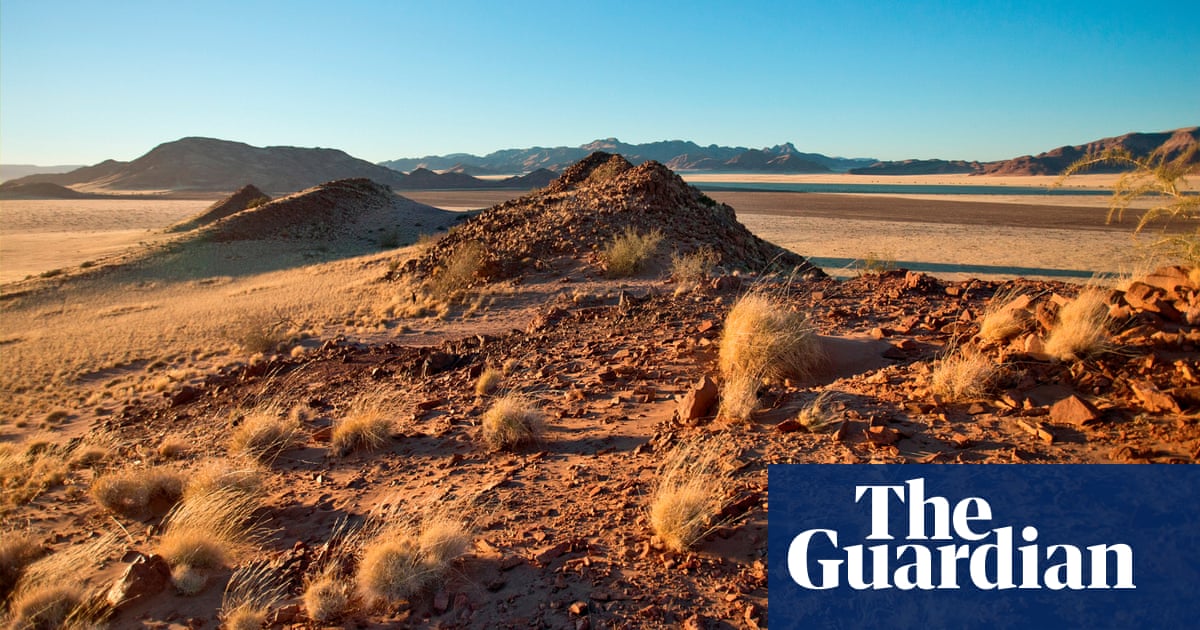Summary
Drylands now cover 40% of Earth’s land (excluding Antarctica), with an area larger than India turning arid over three decades, a UN study reveals.
This trend, driven by climate change and exacerbated by poor farming practices, poses significant risks to global food security and water resources, particularly in Africa and Asia.
By 2100, up to 60% of the global population may live in drylands.
Experts urge action, including cutting emissions, sustainable farming, and reforestation, warning of severe impacts on food security, poverty, and forced migration.



One of the biggest problems in the Great Lakes regions is there are dozens of major urban centers that not only draw their potable water from them, but also reintroduce their treated water back into the lakes … and water treatment as it exists now can’t remove the medication/drug/chemical cocktail.
So while the water is technically potable, in reality millions of people are drinking a mix of viagra, cocaine, fentanyl, diabetes meds, birth control, microplastics, and all the chemicals we flush down our toilets (ie: cleaning solutions).
https://www.bridgemi.com/michigan-environment-watch/drugs-microplastics-forever-chemicals-growing-concern-great-lakes